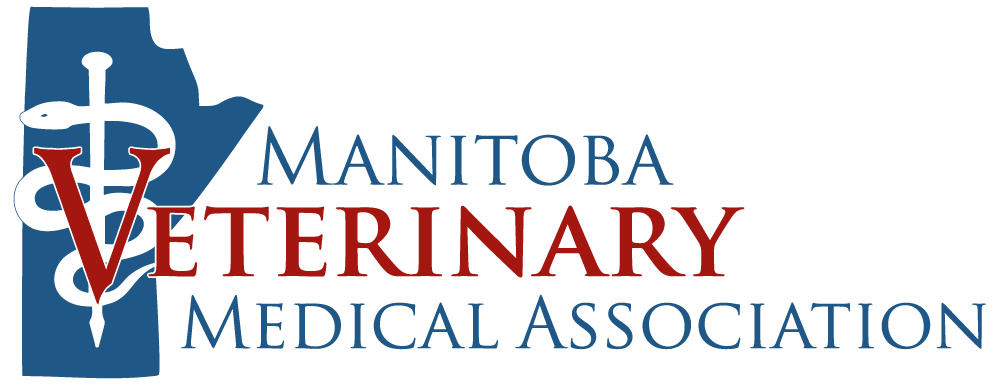Telemedicine
On February 4, 2022, the MVMA adopted a new by-law to allow for a VCPR to be established without a hands-on examination of an animal or without visiting the premises where the animal is kept in limited circumstances.
To be clear, the MVMA Telemedicine Permit only applies to Telemedicine files.
Telemedicine files: Patient files where a VCPR is established without a hands-on examination of an animal and/or visiting the premises where the animal is kept. This applies to both new and existing patients where there has not been a hands-on examination of an animal and/or visiting the premises where the animal is kept within the last 12 months.
Please note
- Members must follow the process below in order to establish a VCPR via telemedicine alone. Failure to do so may result in a complaint being filed with the PRC.
- This program only covers telemedicine files in Manitoba. If you are providing telemedicine services to animals in another jurisdiction, please contact the regulatory body for the jurisdiction to ensure compliance in the jurisdiction where the animal is located. Regulatory body contact information can be found here.
Rules:
The MVMA General By-Law No 1 states:
Telemedicine
4-6-3 A Practicing Veterinarian Member may establish a VCPR without a hands-on examination of an animal and/or visiting the premises where the animal is kept only if the member documents a compelling justification and rationale for why establishing VCPR solely via telemedicine is needed. Further:
(a) The member cannot prescribe any Control Substances, Benzodiazepines or class-Z drugs when the VCPR that is established solely through telemedicine
(b) The veterinarian providing telemedicine in Manitoba must be licensed in Manitoba.
(c) A VCPR cannot be established for a group of animals (for example a herd, flock, or school) via telemedicine.
1. A VCPR can be established via telemedicine alone if the animals are intended for personal use only and there is not reasonable access to veterinary care.
(d) The veterinarian must be practicing out of an MVMA PIPS Inspected Practice that holds a valid Telemedicine Permit.
(e) When practicing via telemedicine, the veterinarian must:
1. Disclose their identity, location and licence status;
2. Confirm the identity of the client and animal(s);
3. Consider the existing health status of the animal or group of animals, the specific health needs and specific circumstances, and only use telemedicine if the risks do not outweigh the potential benefits;
4. Identify what resources (e.g. information and communication technology, equipment, support staff, etc.) are required, and only proceed if those resources are available and can be used effectively;
5. Ensure the reliability, quality and timeliness of the information obtained;
6. Protect the privacy and confidentiality of the client’s and animal(s) information, inclusive of evaluating the technology and the physical setting;
7. Ensure the physical setting in which the care is being delivered is appropriate and safe, including having a plan to manage adverse events and/or emergencies;
8. Explain to the client any limitations of proceeding with telemedicine to provide the veterinary services required; and,
9. Provide access to in-person follow-up care in Manitoba.
The MVMA Council has adopted the Telemedicine Permit and Audit Policy to provide more guidance on the program.
Process:
Step 1: The PIPS Inspected Practice must apply for a Telemedicine Permit – Telemedicine Permit Application.
• The application must be completed and signed by a practicing veterinarian member who is authorized by the clinic owner (licensed veterinarian(s) or veterinary corporation).
• Once approved, the PIPS Inspected Practice will receive an email confirming that the permit has been issued (please allow up to one week).
Step 2: Each veterinarian that will establish a VCPR via telemedicine alone must complete and submit a Telemedicine Notification Form.
• The notification form must be approved by the MVMA prior to establishing a VCPR through telemedicine alone. Please allow up to one week for review and approval.
Step 3: Audit
• As of June 2024, the MVMA PIPS Inspectors will audit telemedicine compliance. Veterinarians will no longer be required to submit each telemedicine file for review.
Resources:
Best Practices for Prescribing Antimicrobials using Telemedicine
Questions:
Please contact mvmainfo@mvma.ca with any questions about the Telemedicine Permitting or auditing process.

